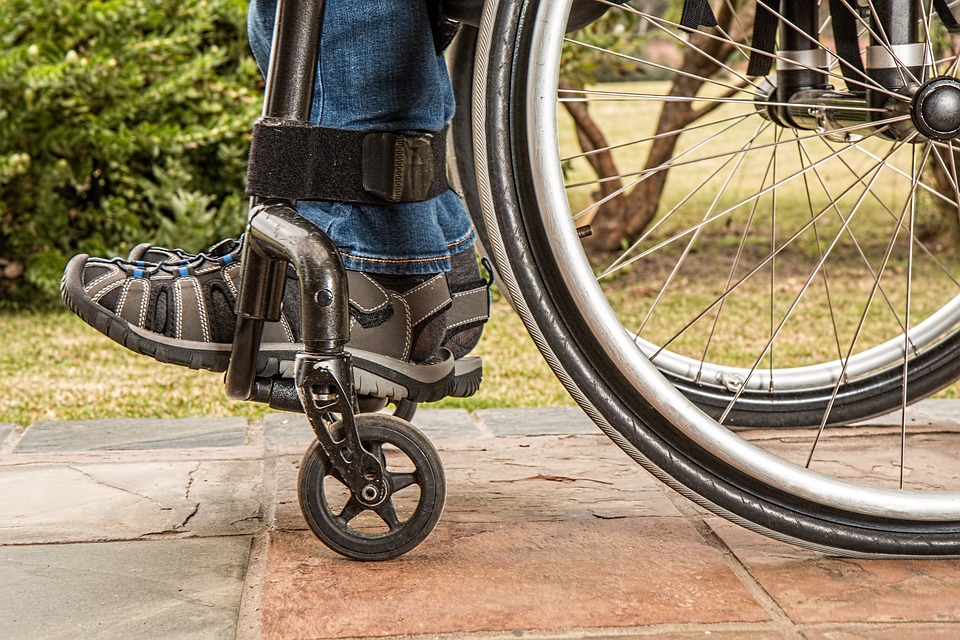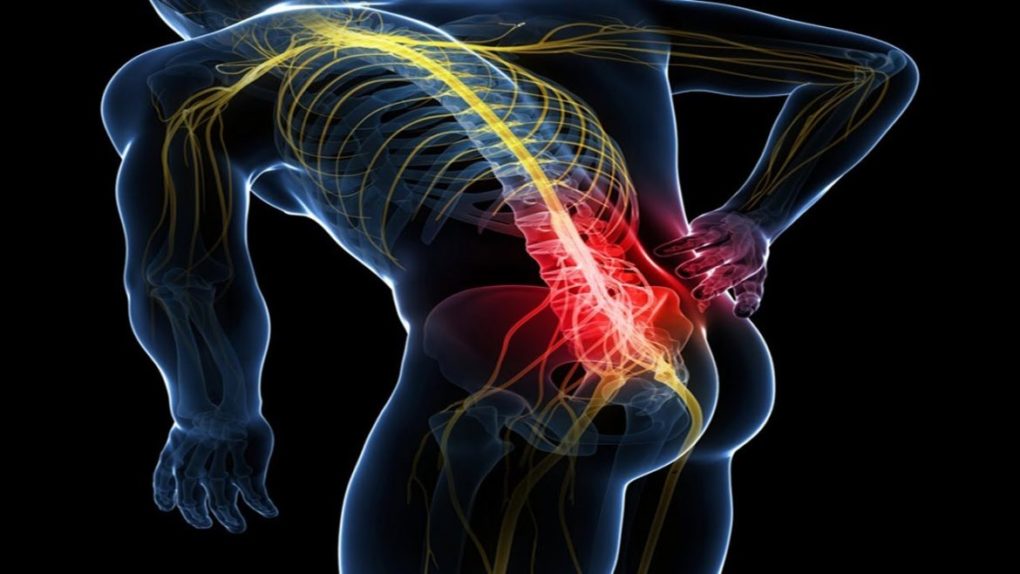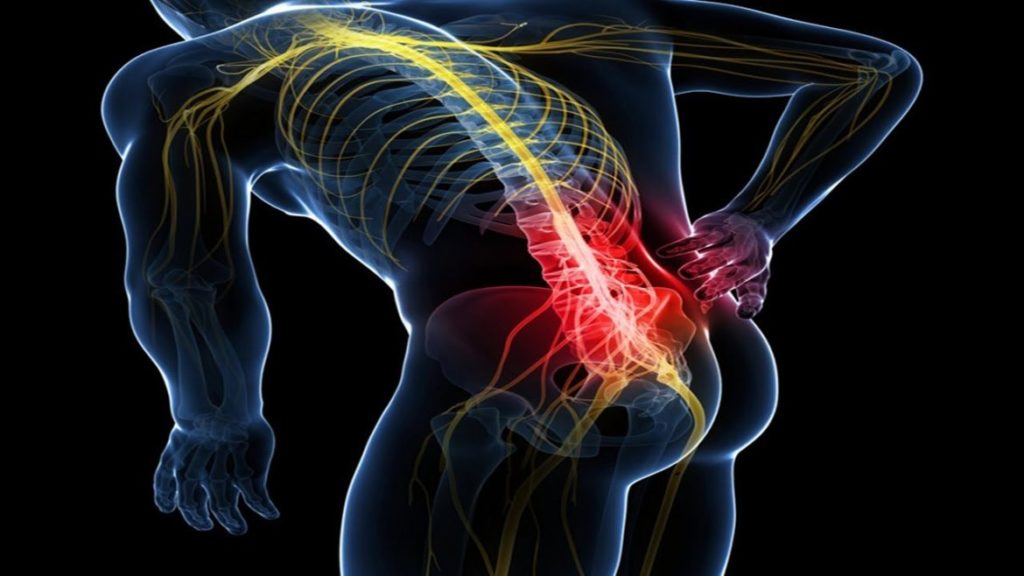9 Common Causes That Increase Your Risk of Developing Sciatica
No one wants to suffer from sciatic nerve pain. Yet, the common pain problem affects approximately 5% of adults. Sciatic pain can have a number of different causes. Though pinpointing the root cause can be challenging, medical research has established factors which increase the likelihood of developing sciatic nerve pain.
The nine most common risk factors for Sciatica follow:
1) Aging
As we get older, our bodies lose flexibility and it takes longer to heal from injuries. One common form of pain associated with aging is back pain, which is closely related to sciatica. Fortunately, chiropractic is a great modality for overcoming back pain holistically. (My preferred chiropractor in Longmont, CO is New Leaf Chiropractic)
Widget not in any sidebars
2) Smoking
Smoking isn’t just bad for your lungs, it can also increase your risk of suffering from back pain and sciatica. Smoking increases inflammation, reduces circulation, and weakens the immune system. Furthermore, it makes it harder for your body to function and heal from injuries.

3) History of Low Back Pain
Studies show that patients who have low back pain are likely to develop sciatica. Because low back pain can result in inflammation in the lumbar region and spine, it can spread to the sciatic nerve if left untreated. Chiropractic care has the potential to benefit this condition.
4) Overall Poor Health
Eating healthily and exercising regularly isn’t necessary just for feeling and/or looking good, it can reduce the likelihood of developing sciatic pain and help to reduce inflammation. Wellness improves mobility and if our general health is poor, it can be difficult to stay active and healthy. By being active, you reduce your chances of developing back pain.
5) Obesity
Big is beautiful, but what matters is being healthy. Being overweight is one of the strongest predictors of back pain and other musculoskeletal problems – including sciatica. Research shows that adipose tissue creates inflammatory markets affecting the whole body. This is important because sciatic pain is caused by inflammation of the sciatic nerve. Therefore, if your body is in an inflammatory state, you are more likely to experience the pain problem.

6) Work-Related Injuries
On-the-job injuries caused from being too sedentary or making repetitive movements can increase the risk of developing sciatic pain. In particular, the following work conditions are associated with sciatica in the medical literature:
- Standing or walking for long periods of time
- Driving for long periods of time
- Whole body vibration
- Pulling or kneeling for more than 15 minutes at a time. To prevent work-related injury, it is important to take breaks frequently, rest, and stretch your muscles.
7) Sleep Problems
Do you experience poor sleep? If so, your risk of developing back pain and sciatica is increased. Poor sleep is associated with several conditions, including poor general health, obesity, and chronic pain. Getting enough sleep reduces inflammation, which is why it is essential for Sciatica.
8) Psychological Distress
Low back pain and Sciatica are linked to feelings of overwhelm or being under pressure. Monotonous work and general stress can exacerbate musculoskeletal conditions, including nerve pain.

9) Direct Injury
Now and again, sciatica can be caused by an injury to the hip or buttocks. Sitting on a bulk wallet, for instance, would put pressure on the nerve directly.
A Holistic Approach To Recovery
Many factors play a role in the development of sciatica. By taking steps to improve your overall health and mental well-being, you can reduce the inflammation in your body and, as a result, safeguard against nerve pain.
h/t ChiroNexus
Lead image via HealthGuideReview.com
Sources:
- Cook CE, Taylor J, Wright A, Milosavljevic S, Goode A, Whitford M. Risk factors for first time incidence sciatica: a systematic review. Physiotherapy Research International 2014 Jun;19(2):65-78. doi: 10.1002/pri.1572. Epub 2013 Dec 11. Review. PubMed PMID: 24327326.
- Parreira P, Maher CG, Steffens D, Hancock MJ, Ferreira ML. Risk factors for low back pain and sciatica: an umbrella review. Spine J. 2018 Sep;18(9):1715-1721. doi: 10.1016/j.spinee.2018.05.018. Epub 2018 May 21. Review. PubMed PMID: 29792997.
- Lee J, Taneja V, Vassallo R. Cigarette smoking and inflammation: cellular and molecular mechanisms. Journal of Dental Research 2012;91(2):142-9.
- Gordon R, Bloxham S. A Systematic Review of the Effects of Exercise and Physical Activity on Non-Specific Chronic Low Back Pain. Healthcare (Basel). 2016;4(2):22. Published 2016 Apr 25. doi:10.3390/healthcare4020022
- da Cruz Fernandes IM, Pinto RZ, Ferreira P, Lira FS. Low back pain, obesity, and inflammatory markers: exercise as potential treatment. J Exerc Rehabil. 2018;14(2):168-174. Published 2018 Apr 26. doi:10.12965/jer.1836070.035
Mandy is a RHN, chef (vegan, paleo, live food), author, world traveler, artist, and business student. She lives in Colorado with her fiance, husky dog, and two cats. When she’s not working on new projects, she’s running, hiking, reading, or cooking healthy food.
This article was sourced from Life in Bloom.
Subscribe for natural health news to your inbox. Follow Natural Blaze on YouTube, Twitter and Facebook.



